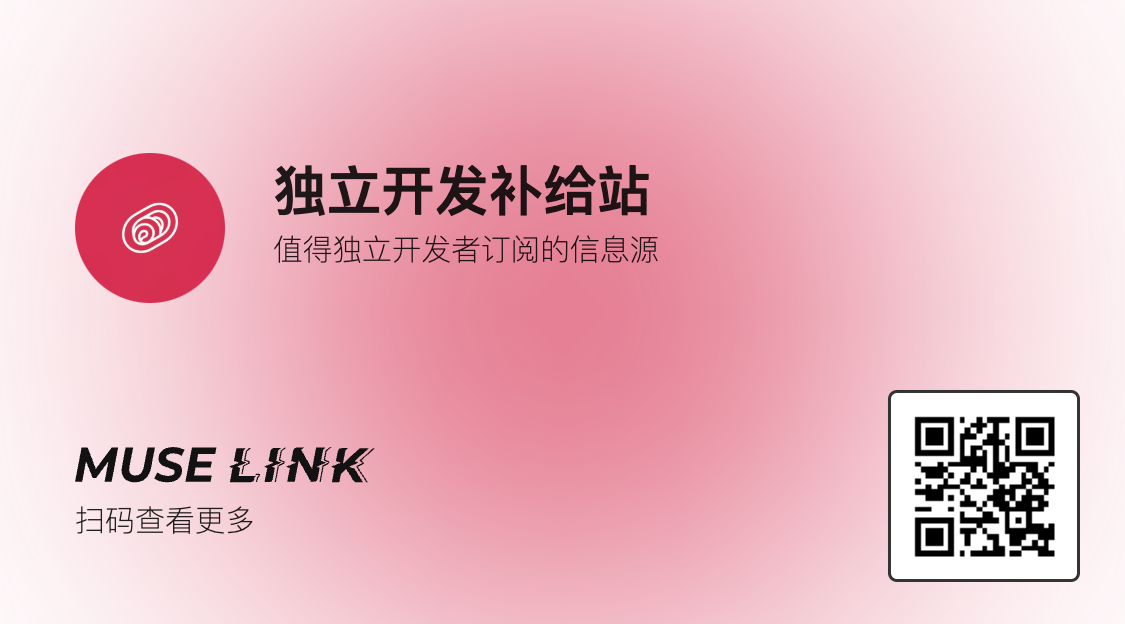
-
Spectral reflection pipeline: CV converts RGB → CIELab → isolates chroma channel at 570–590 nm (chlorophyll-breakdown sweet-spot).
-
Regression head predicts °Brix (sugar) within ±0.8 error; trained on 180 k lab-grade spectrometer readings.
-
On-device model size: 2.6 MB (MobileNet-V3 + quant) → cold-start inference 42 ms on Pixel 6.
Developer Nuggets
We originally tried end-to-end classification (“ripe”, “over-ripe”) but produce variance killed us. Switching to a continuous ripeness index (0-100) let downstream UX interpolate colour halos without retraining for every cultivar. We expose the scalar via TensorFlow Lite’s regression signature, so third-party grocery apps can skin their own UI.
We originally tried end-to-end classification (“ripe”, “over-ripe”) but produce variance killed us. Switching to a continuous ripeness index (0-100) let downstream UX interpolate colour halos without retraining for every cultivar. We expose the scalar via TensorFlow Lite’s regression signature, so third-party grocery apps can skin their own UI.
Privacy Play
No image ever leaves the device unless user opts into “improve models.” Federated averaging is handled by TensorFlow-Fed, and we salt-hash device IDs before aggregation—keeps GDPR lawyers happy and latency low.
No image ever leaves the device unless user opts into “improve models.” Federated averaging is handled by TensorFlow-Fed, and we salt-hash device IDs before aggregation—keeps GDPR lawyers happy and latency low.
Business Logic Layer
Price-comparison micro-service (Go + Redis) scrapes retailer APIs every 15 min, then ranks SKUs by vitamin density per dollar. Nutritionists on our team call it “nutrient arbitrage.” Average reported user savings: $15.20 per cart.
Price-comparison micro-service (Go + Redis) scrapes retailer APIs every 15 min, then ranks SKUs by vitamin density per dollar. Nutritionists on our team call it “nutrient arbitrage.” Average reported user savings: $15.20 per cart.
Fork the SDK or plug your own nutrient DB → healthierfruit.com
光谱反射流程:计算机视觉 (CV) 将 RGB 转换为 CIELab 色彩空间,然后提取 570–590 nm 波长范围内的色度通道(叶绿素分解的最佳波长范围)。
回归头预测糖度 (°Brix),误差在 ±0.8 以内;基于 18 万个实验室级光谱仪读数进行训练。
设备端模型大小:2.6 MB(MobileNet-V3 + quant)→ 在 Pixel 6 上冷启动推理耗时 42 毫秒。
开发者心得
我们最初尝试端到端分类(“成熟”、“过熟”),但农产品的差异性让我们束手无策。切换到连续成熟度指数 (0-100) 后,下游用户体验可以插值颜色光晕,而无需为每个品种重新训练模型。我们通过 TensorFlow Lite 的回归签名公开了该标量,以便第三方生鲜应用可以自定义用户界面。
隐私保护
除非用户选择“改进模型”,否则任何图像都不会离开设备。联邦平均由 TensorFlow-Fed 处理,我们在聚合之前对设备 ID 进行加盐哈希处理——这既符合 GDPR 的要求,又能降低延迟。
业务逻辑层
价格比较微服务(Go + Redis)每 15 分钟抓取一次零售商 API,然后根据每美元的维生素含量对 SKU 进行排名。我们团队的营养学家称之为“营养套利”。用户平均每购物车节省 15.20 美元。
Fork SDK 或接入您自己的营养数据库 → healthierfruit.com
本文来自投稿,不代表独立开发前线立场,如若转载,请注明出处:https://91wink.com/healthierfruit-teaching-a-phone-to-smell-ripeness-through-pixels-core-stack/

